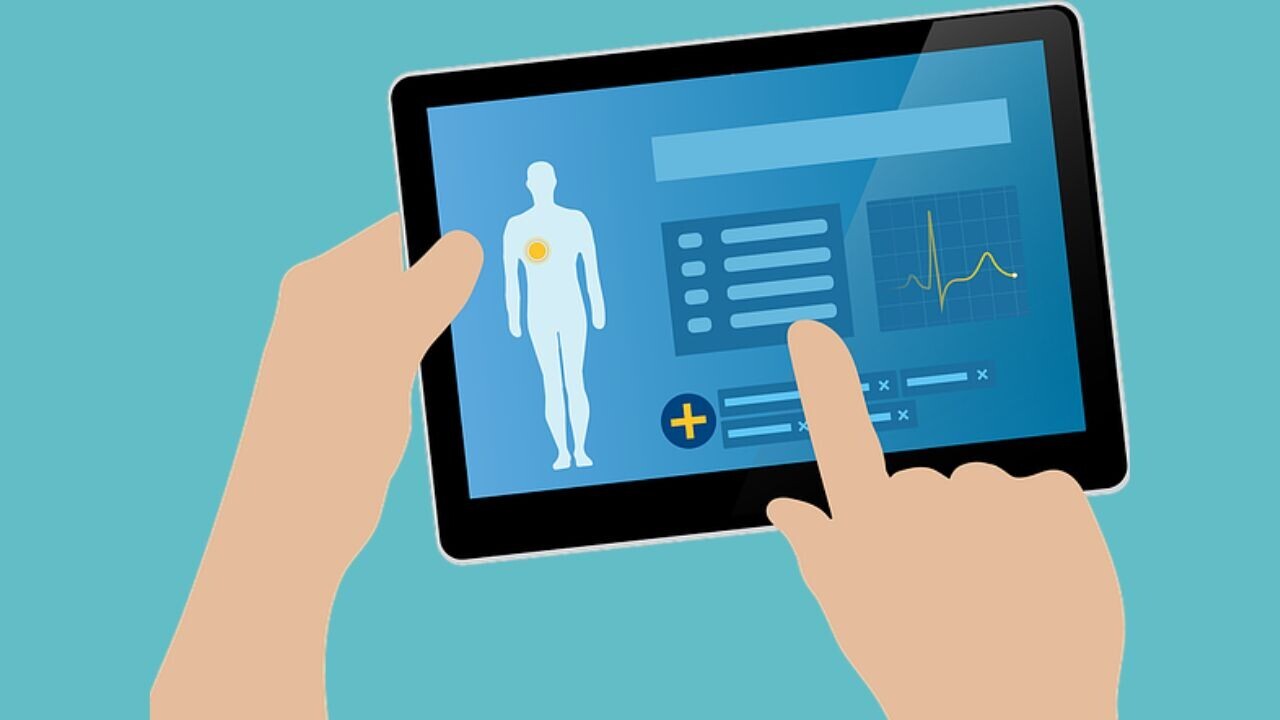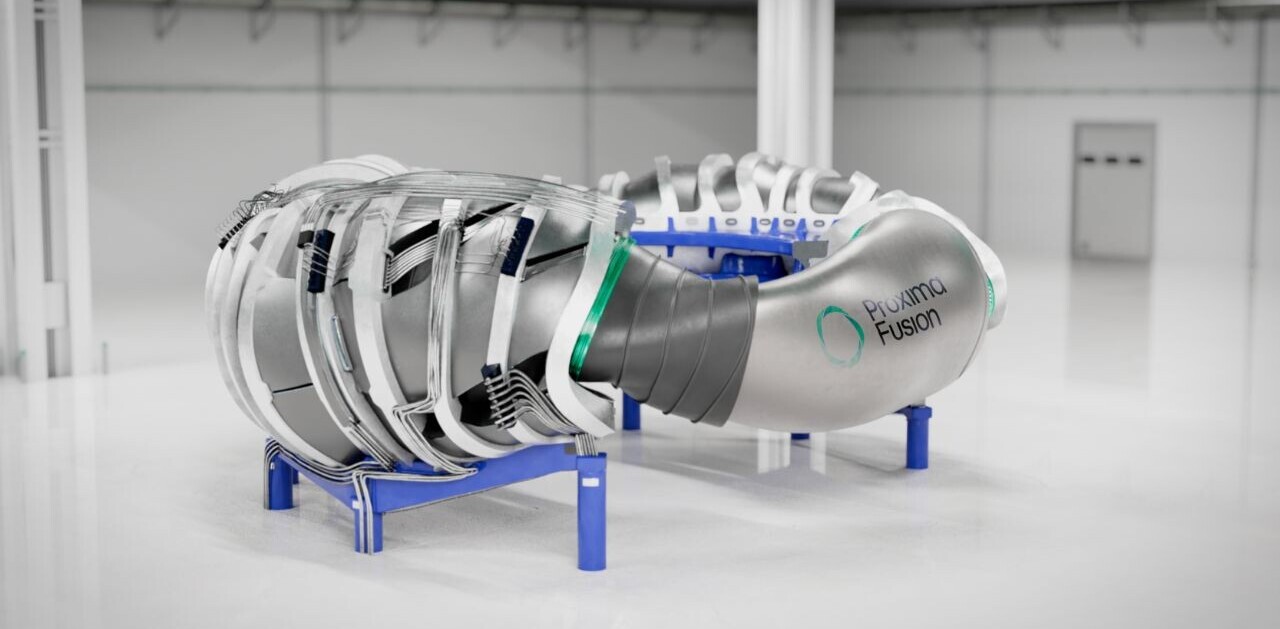
Recent technological advances are transforming the medtech sector. European companies and research institutions are working on solutions aimed at improving our knowledge and response to genetics, diseases that impact millions of people, and public health emergencies.
How will this momentum continue in 2024? And which technologies will further push medtech innovation forward?
Yes, AI
From predicting genetic diseases to improving cancer treatments and making variant-proof vaccines, AI has already proved that it can be an invaluable tool in solving some of the biggest challenges in healthcare.
“In 2024, we will see significant strides made in the field of techbio, particularly in the promising area of generative AI for drug discovery,” Dr Diana Rottger, Principal at APEX Ventures, tells TNW. Dr Röttger expects a higher number of companies in the sector moving forward into clinical development phases, including both in silico and in vivo approaches.
The trend towards enhanced diagnostics is also poised to continue especially thanks to the ability of large language models (LLMs) to process massive amounts of information.
“AI algorithms can analyse vast amounts of medical data, including patient records, genetic information, and imaging results,” says Dag Larsson, CEO and founder of Doccla, a healthtech startup providing a virtual hospital ward.
“By identifying subtle patterns and correlations that may not be visible with smaller datasets, AI can therefore assist in the early detection of diseases. This can lead to more accurate predictions and insights, particularly in complex and heterogeneous patient populations.”
Relieving pressure from the healthcare system is another trend, according to Julia Hawkins, General Partner at VC firm LocalGlobe.
“Yes, GenAI has the potential to enhance medical research, aid drug discovery, and diagnose diseases, but its power over the next year will come from its ability to overhaul the more under-the-radar tasks,” she notes. These include administrative processes, learning support for clinicians, the automation of insurance and provider workflows, and the communication around early disease detection.
The quantum push
The quantum revolution might still be a few years away, but industries (and states) are already jumping on the bandwagon of what could be a life-changing technology. In healthcare specifically, quantum computing is expected to reach a global market size of $1bn (€0.9bn) by 2030 — underscoring the rising importance of the tech in the future of the medical sector.
The impact of quantum on healthcare could be massive, to say the least, thanks to the ability of quantum computers to process trillions of units of information at the same time, enabling them to be exponentially faster than their classical counterparts.
“There are various quantum technologies with the potential to be game-changing for the medtech arena,” Ilana Wisby, CEO at UK-based Oxford Quantum Circuits (OQC), tells TNW.
One of them is quantum simulation, the ability of high-quality qubits in quantum computers to model molecules and simulate chemistry. According to Wisby, quantum simulation could have a “potentially profound impact” on drug discovery and currently incurable diseases.
“Theoretically, quantum computers can simulate the complete problem in drug development because they can simulate chemistry and molecules with an unprecedented precision,” she explains.
“This will enable pharma companies to simulate larger, more complex molecules as they develop new drugs — how they act and react — in a way classical computers can’t, resulting in billions of R&D savings and reduced time to get these new drugs out into the market.”
Another potential benefit lies in the power of quantum machine learning which can deliver “faster and more accurate data pattern identification, classification, data compression, and image classification.” This could enhance diagnostic tools and lead to the creation of predictive models for diseases.
Virtual care, remote monitoring, and VR
“2024 will see the continued use and streamlining of remote treatment options to better meet the clinical needs of more patients, as well as easing the pressure on hospital capacity and staff,” Dr Owain Rhys Hughes, founder and CEO of Cinapsis, a London-based platform for planned and urgent care advice and guidance, tells TNW.
Dr Hughes believes that the coming year will see the wider uptake of such solutions, including virtual hospital wards and remote monitoring equipment like wearables — the estimated global market value of which has reached $30.06bn (€27.3bn) in 2023.
According to Amanda Philpott, co-founder and CEO of hearing training app eargym, the upcoming further growth of wearables and health apps will bring another benefit: awareness of under-recognised health conditions that have serious implications for both individuals and resources.
One such example is heart health. “We have seen a dramatic increase in demand for cardiac monitoring apps which educate users about the importance of understanding invisible illnesses and the associated symptoms which can impact millions of people worldwide,” she says.
Meanwhile, in response to the record-high waiting times for operations across Europe, next year will bring virtual and mixed reality to the fore, predicts Alison Sundset, CEO at Oslo-based Holocare, which provides a holographic toolkit for 3D surgical planning.
“2024 will see surgeons wearing VR headsets that enable them to visualise a patient’s organs through interactive holograms, to plan smarter, safer operations,” Sundset tells TNW.
The tech’s ability to offer a shared spatial view of a patient’s anatomy, she explains, will benefit surgical planning as well as in-person and virtual communication among teams, which can also enable collaboration beyond geographical boundaries.
Outside of the operating room, VR and MR can be a “catalyst for the upcoming workforce” by allowing healthcare professionals to practise in risk-free virtual environments, speed up their learning process, and even reduce the risk of burnout.
According to Sundset, next year “these developments will shape what will become the new norm of surgical practice.”
Get the TNW newsletter
Get the most important tech news in your inbox each week.





